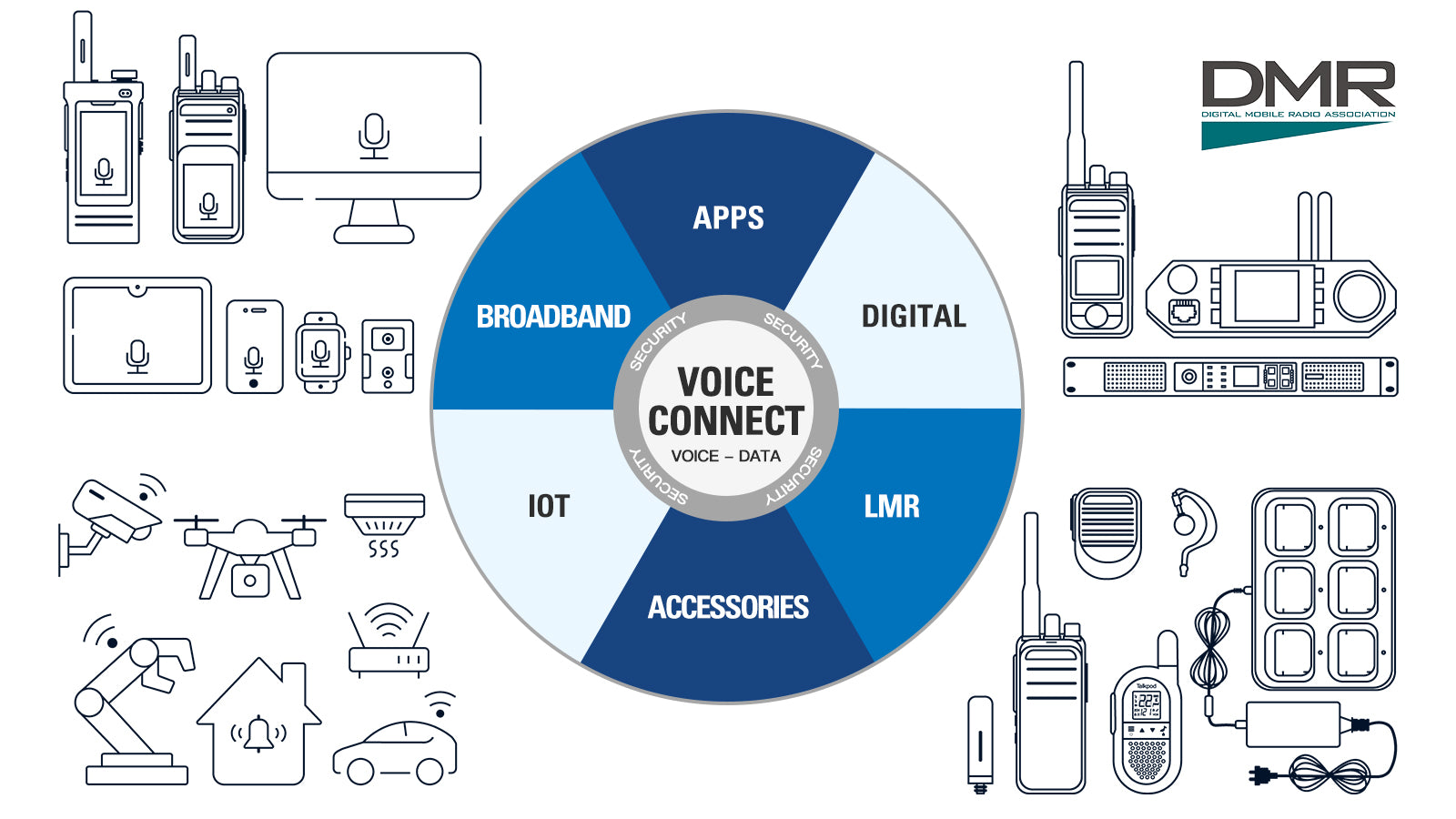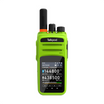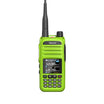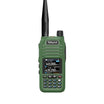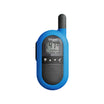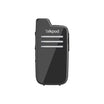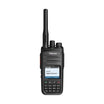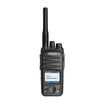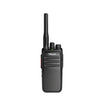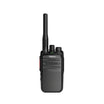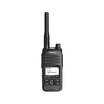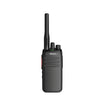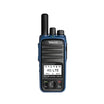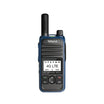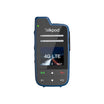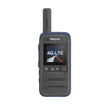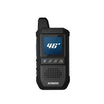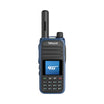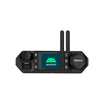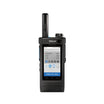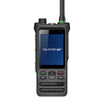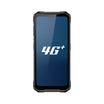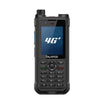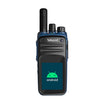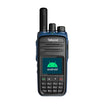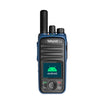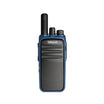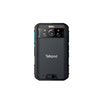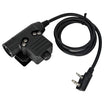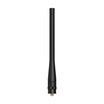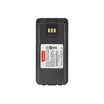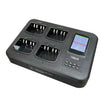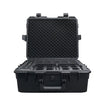One of the biggest challenges with mobile devices has always been battery life. In the past, there have only been a couple of options for increasing the talk time on a single battery charge. One way is to increase battery capacity. Battery manufacturers have already done a remarkable job of maximizing capacity, but further gains are only possible by increasing the size of the battery pack — and therefore decreasing portability.
The other option is to decrease transmit power, which is by far the most energy-intensive function of two-way radio. But this means decreasing transmission range and increasing the potential for interference from other devices — an unacceptable tradeoff in professional situations.
Two-slot TDMA provides another, very effective option. Since each call uses only one of the two slots, it requires only half of the transmitter’s capacity. The transmitter is idle half the time — that is, whenever it’s the unused time-slot’s “turn.”
For example, in a typical duty cycle of 5 percent transmit, 5 percent receive, and 90 percent idle, the transmit time accounts for roughly 80 percent of the total current drain on the radio’s battery. By cutting the effective transmit time in half, two-slot TDMA can thus enable an up to 40 percent reduction in current battery drain, or an up to 40 percent improvement in talk time. As a result, overall battery consumption per call is dramatically reduced, enabling much longer usage time in the field between recharges. Modern digital devices also include sleep and power-management technologies that increase battery life even further.


